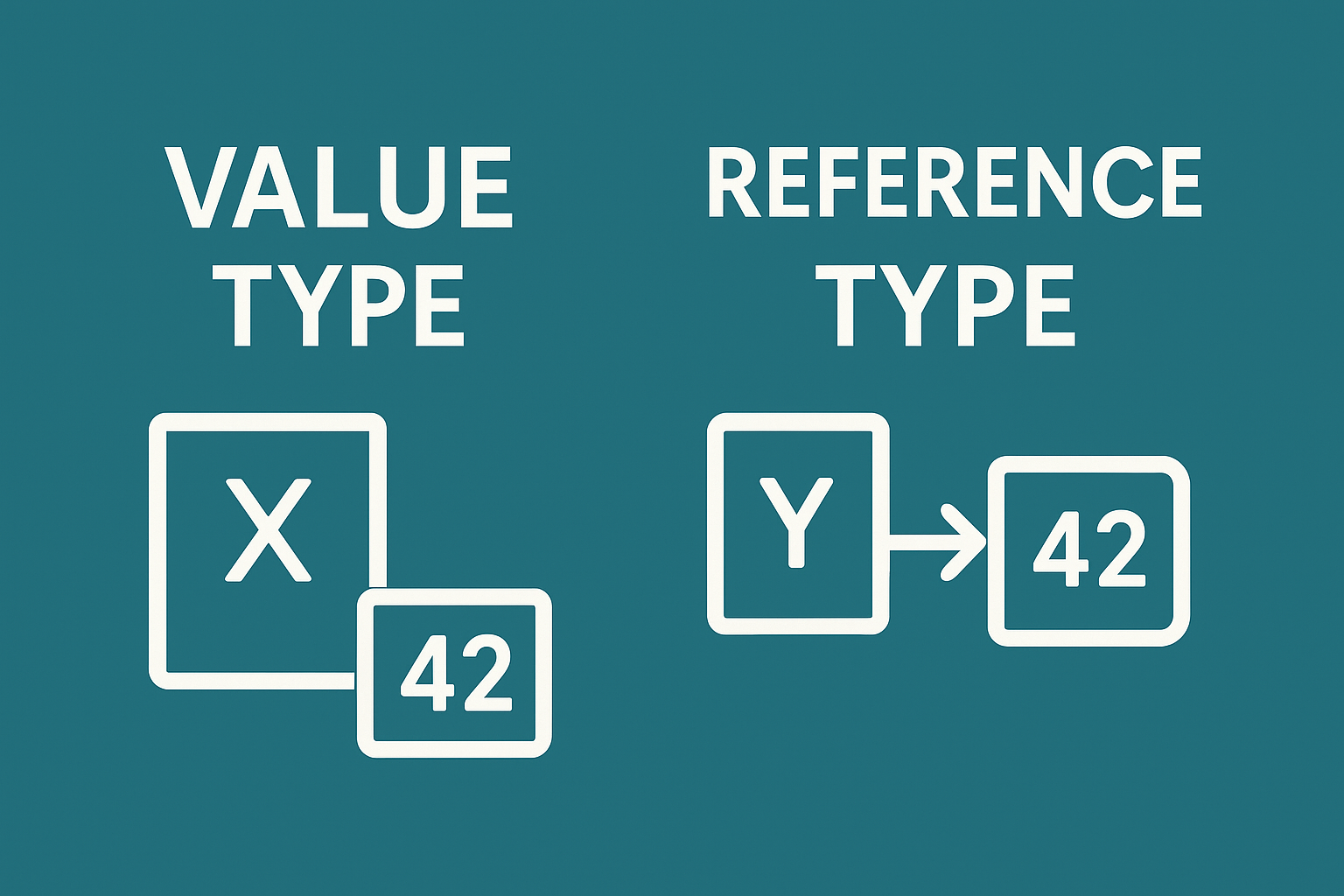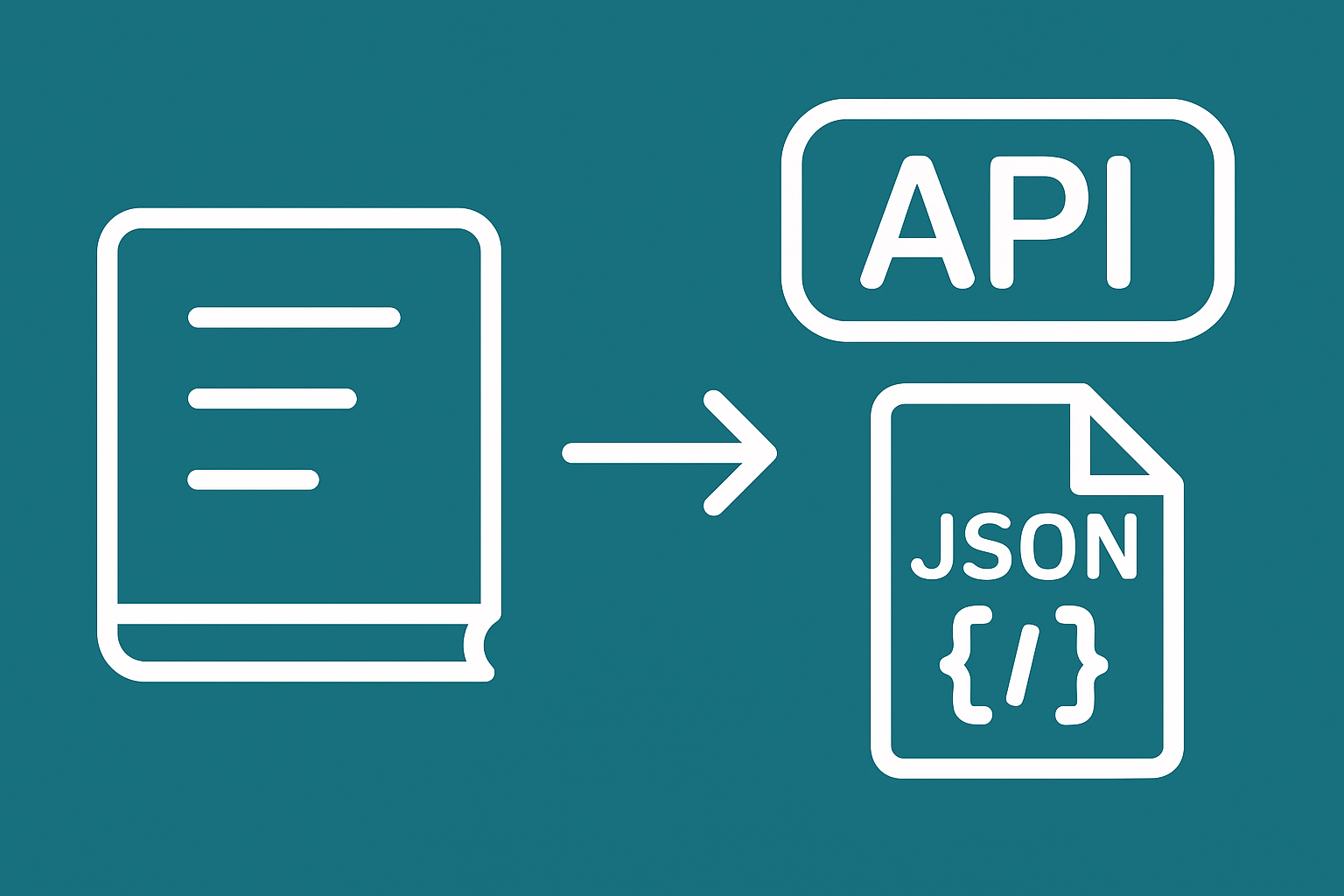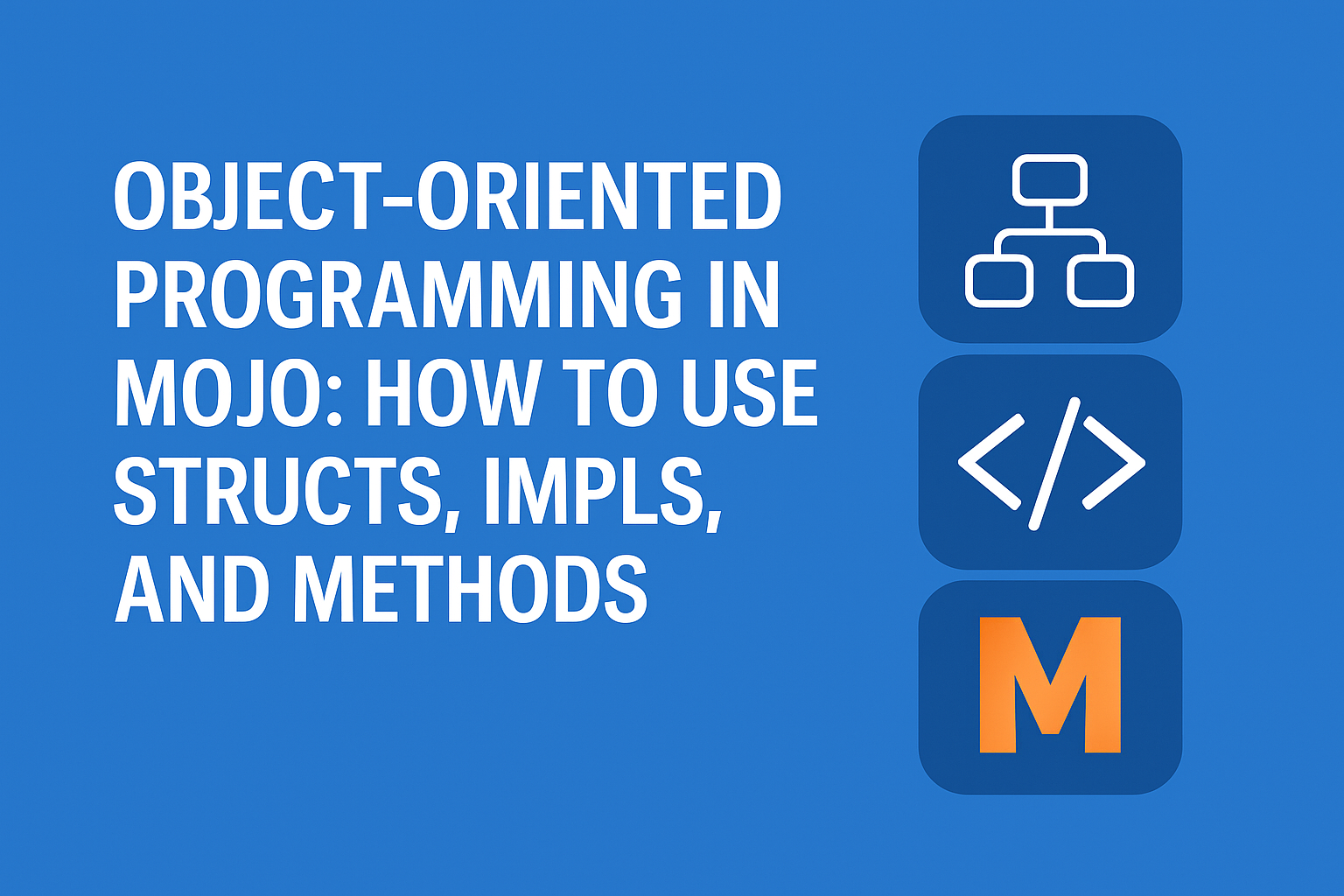 Mojo
Mojo Understanding Value and Reference Types in Mojo: A Closer Look at the Type System
IntroductionMojo provides a type system that balances performance and clarity. One of the key concepts developers encoun...
 Mojo
Mojo  Mojo
Mojo  Mojo
Mojo  Mojo
Mojo  Mojo
Mojo  Mojo
Mojo  Mojo
Mojo  Mojo
Mojo  Mojo
Mojo  Mojo
Mojo